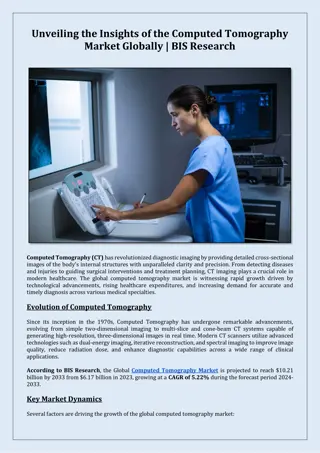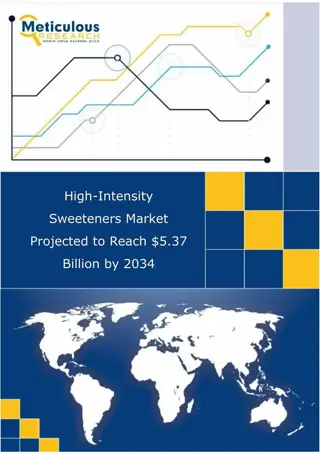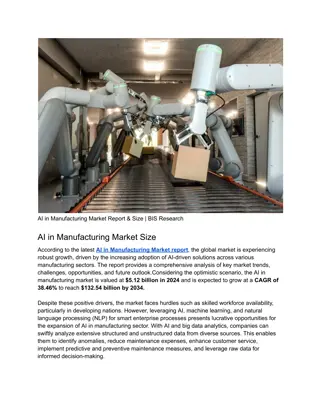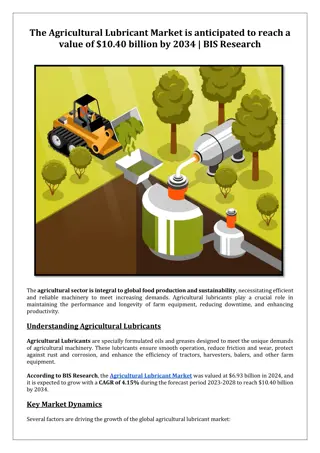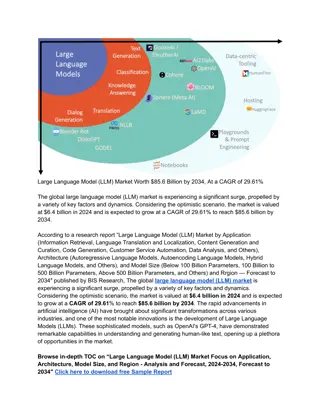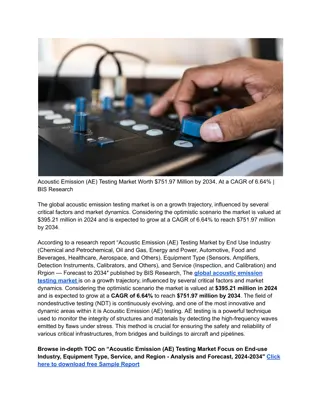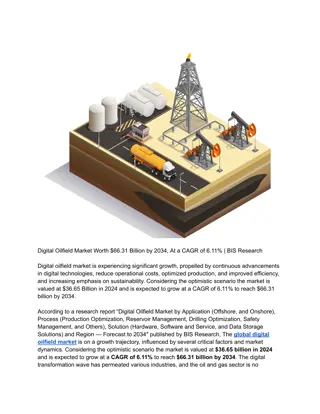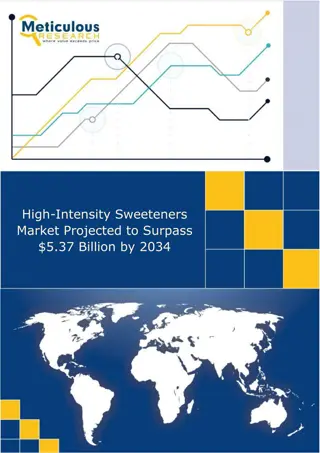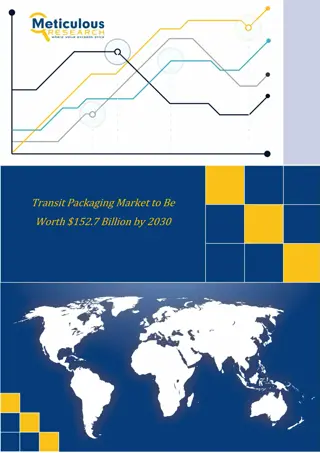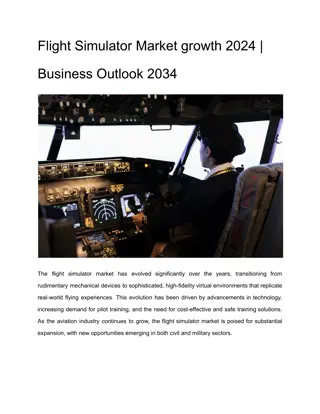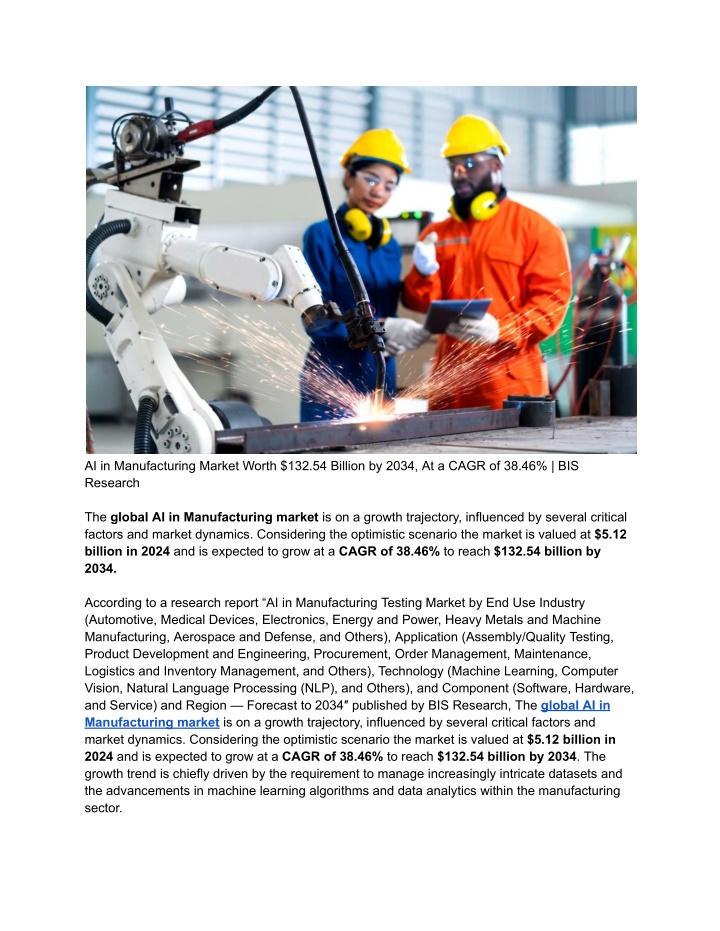
AI in Manufacturing Market Worth $132.54 Billion by 2034, At a CAGR of 38.46% _ BIS Research
The global AI in Manufacturing market is on a growth trajectory, influenced by several critical factors and market dynamics. Considering the optimistic scenario the market is valued at $5.12 billion in 2024 and is expected to grow at a CAGR of 38.46% to reach $132.54 billion by 2034.n
Download Presentation

Please find below an Image/Link to download the presentation.
The content on the website is provided AS IS for your information and personal use only. It may not be sold, licensed, or shared on other websites without obtaining consent from the author. If you encounter any issues during the download, it is possible that the publisher has removed the file from their server.
You are allowed to download the files provided on this website for personal or commercial use, subject to the condition that they are used lawfully. All files are the property of their respective owners.
The content on the website is provided AS IS for your information and personal use only. It may not be sold, licensed, or shared on other websites without obtaining consent from the author.
E N D
Presentation Transcript
AI in Manufacturing Market Worth $132.54 Billion by 2034, At a CAGR of 38.46% | BIS Research The global AI in Manufacturing market is on a growth trajectory, influenced by several critical factors and market dynamics. Considering the optimistic scenario the market is valued at $5.12 billion in 2024 and is expected to grow at a CAGR of 38.46% to reach $132.54 billion by 2034. According to a research report AI in Manufacturing Testing Market by End Use Industry (Automotive, Medical Devices, Electronics, Energy and Power, Heavy Metals and Machine Manufacturing, Aerospace and Defense, and Others), Application (Assembly/Quality Testing, Product Development and Engineering, Procurement, Order Management, Maintenance, Logistics and Inventory Management, and Others), Technology (Machine Learning, Computer Vision, Natural Language Processing (NLP), and Others), and Component (Software, Hardware, and Service) and Region Forecast to 2034 published by BIS Research, The global AI in Manufacturing market is on a growth trajectory, influenced by several critical factors and market dynamics. Considering the optimistic scenario the market is valued at $5.12 billion in 2024 and is expected to grow at a CAGR of 38.46% to reach $132.54 billion by 2034. The growth trend is chiefly driven by the requirement to manage increasingly intricate datasets and the advancements in machine learning algorithms and data analytics within the manufacturing sector.
Browse in-depth TOC on AI in Manufacturing Testing Market Focus on End-Use Industry, Application, Technology, Component, and Region - Analysis and Forecast, 2024-2034 Click here to download free Sample Report. The market faces hurdles such as skilled workforce availability, particularly in developing nations. However, leveraging AI, machine learning, and natural language processing (NLP) for smart enterprise processes presents lucrative opportunities for the expansion of AI in manufacturing sector. With AI and big data analytics, companies can swiftly analyze extensive structured and unstructured data from diverse sources. This enables them to identify anomalies, reduce maintenance expenses, enhance customer service, implement predictive and preventive maintenance measures, and leverage raw data for informed decision-making. The AI in manufacturing market in the North America region is experiencing significant growth. Many countries in the North America region, including the U.S., Canada, and Mexico, have implemented policies and incentives to promote the adoption of AI. These policies typically include subsidies, tax incentives, and regulatory measures aimed at reducing emissions and promoting sustainable transportation solutions. Current Trends in AI for Manufacturing Predictive Maintenance: AI-powered predictive maintenance tools analyze data from machinery and equipment to predict potential failures before they occur. This not only reduces downtime but also extends the lifespan of machines. Manufacturers can schedule maintenance activities proactively, ensuring uninterrupted production. Quality Control: AI algorithms are being employed to enhance quality control processes. Advanced machine vision systems can detect defects and irregularities in products with greater accuracy than human inspectors. This ensures that only high-quality products reach the market, reducing waste and improving customer satisfaction. Supply Chain Optimization: AI is playing a crucial role in optimizing supply chain operations. By analyzing vast amounts of data, AI can forecast demand, manage inventory levels, and streamline logistics. This leads to more efficient resource utilization and reduced operational costs. Robotics and Automation: The integration of AI with robotics is revolutionizing manufacturing floors. Collaborative robots, or cobots, work alongside human workers, enhancing productivity and safety. These robots can learn and adapt to various tasks, making them versatile assets in dynamic manufacturing environments.
Key Market Players and Competition Synopsis The companies that are profiled in the global AI in manufacturing market have been selected based on input gathered from primary experts and analyzing company coverage, product portfolio, and market penetration. Some of the prominent companies in this market are: IBM Microsoft Siemens Nvidia Corporation Google LLC Key Questions Answered in this Report: What are the main factors driving the demand for AI in manufacturing markets? What are the major patents filed by the companies active in the AI in manufacturing markets? Who are the key players in the AI in manufacturing markets, and what are their respective market shares? What partnerships or collaborations are prominent among stakeholders in the AI in manufacturing markets? What are the strategies adopted by the key companies to gain a competitive edge in AI in manufacturing markets? What is the futuristic outlook for the AI in manufacturing markets in terms of growth potential? What is the current estimation of the AI in manufacturing markets, and what growth trajectory is projected from 2024 to 2034? Which application, and product segment is expected to lead the market over the forecast period (2024-2034)? What could be the impact of growing end-use industries in the AI in manufacturing markets? Which regions demonstrate the highest adoption rates for AI in manufacturing markets, and what factors contribute to their leadership?

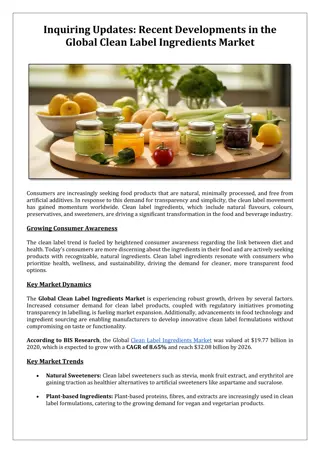

![Global Medical Robots Market Research Analysis & Forecast [2024-2034]](/thumb/86013/global-medical-robots-market-research-analysis-forecast-2024-2034.jpg)

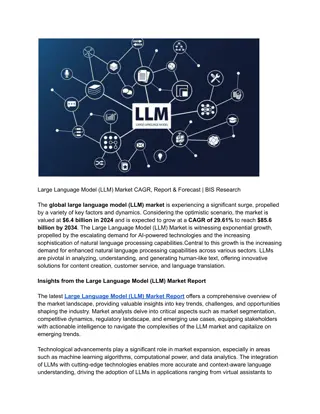
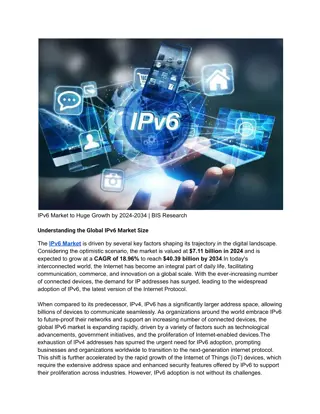


![Mass Notification System Market Size, Report & Forecast _ BIS Research [2024-2034]](/thumb/86971/mass-notification-system-market-size-report-forecast-bis-research-2024-2034.jpg)
